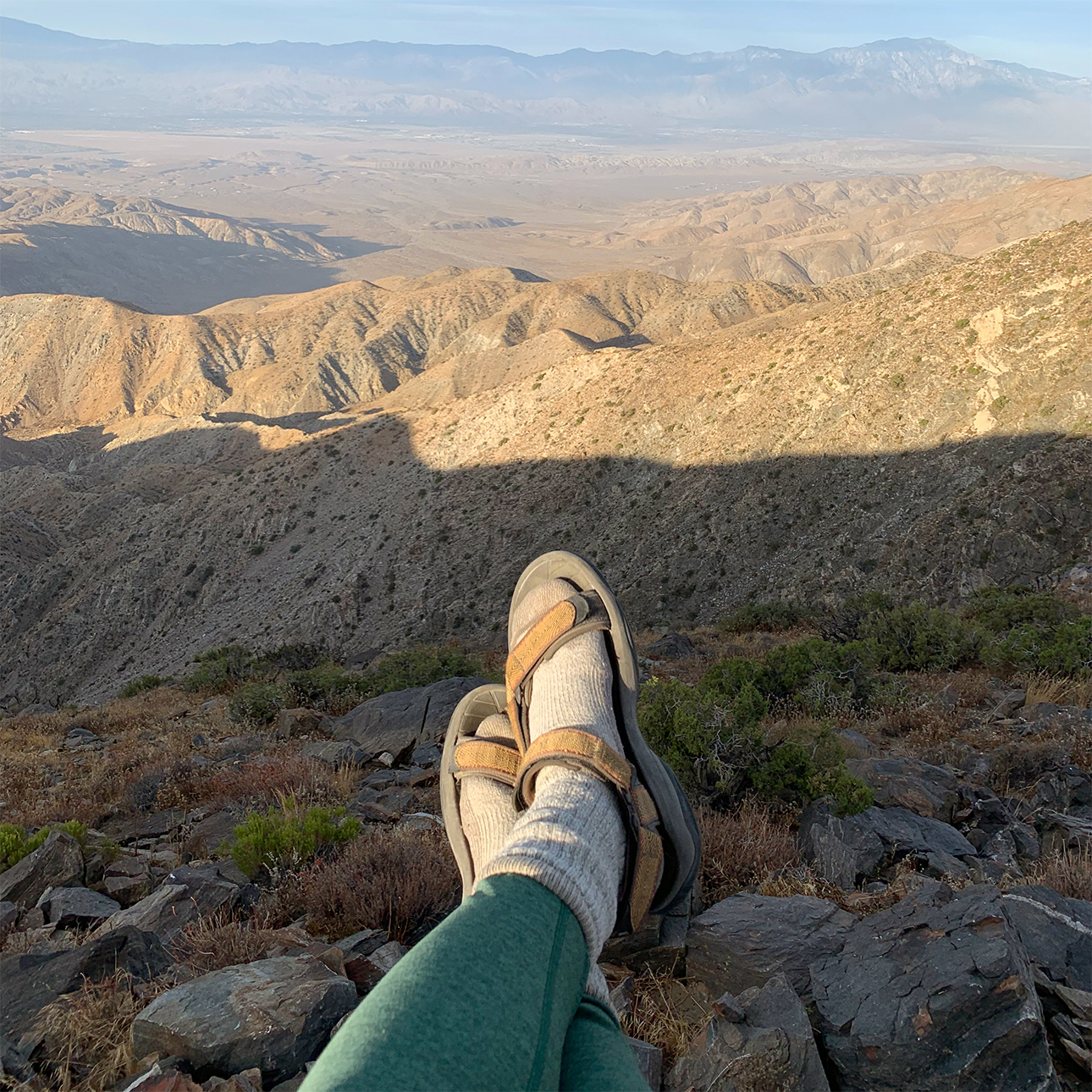It wasn’t your prototypical California road trip. Doctoral students Leah Salditch and Molly Gallahue spent a week in September hunting down earthquake memories from residents of several towns in Central and Southern California.
Since the early 20th century, U.S. government agencies have sought the firsthand accounts of earthquake shaking to include in national reports on seismic intensity, which measures a tremor’s impact on manmade structures and the objects within. Information was once submitted via post office questionnaires (from 1924 to the mid-1980s) and can now be entered online via the U.S. Geological Survey’s Did You Feel It? system, introduced in the late 1990s.
However, during the transition to the online system, some moderately sized earthquakes were overlooked. To help fill in this decade-long period in the data collection, Salditch and Gallahue, both doctoral students in Earth and planetary sciences, collected anecdotes about two early 1990s earthquakes. They conducted interviews and surveys and collected newspaper accounts about two 6.1 magnitude earthquakes in the 1990s: the April 1992 quake near Joshua Tree and the May 1993 quake near Big Pine.
“I heard a little noise and then bam!” recalled Red Cross responder Kathleen Radnich in an interview about the Joshua Tree quake. “It was significant enough to make four grown men run out the door as fast as they could.”
“I was outside with my 6-year-old, and the noise was absolutely incredible,” remembered Teresa McClintock, who was at her child’s community theater during the Joshua Tree tremblor. “Not only was I hearing the earth shift, which sounds like a freight train coming off the track, but I heard the metal trailer rattle and the doors slam.”
Salditch, the lead investigator, says the in-person interviews add a level of humanity to the field of seismology. “I think sometimes seismologists and earthquake hazard scientists can forget that there are real people who are affected by our work.”
Salditch and Gallahue’s trip, under the direction of professor Seth Stein, was part of the ongoing California Historical Intensity Mapping Project (CHIMP), a database for earthquake investigators. The project was made possible by an American Geophysical Union Celebrate 100 grant and support from Northwestern’s Institute for Policy Research.
The next step for CHIMP will be analyzing the qualitative data to obtain intensity levels. Ultimately, researchers will compare their findings to the USGS’s seismic hazard maps, which inform building construction in earthquake-vulnerable areas. Improved insights could help improve hazard maps in earthquake-vulnerable areas.
“There’s a mantra in our business that says, ‘Earthquakes don’t kill people; buildings kill people,’” says Stein, the William Deering Professor of Geological Sciences. “Our goal is to help communities use their resources to protect themselves against natural disasters.”




Reader Responses
No one has commented on this page yet.
Submit a Response